The Lives of a Bengal Lancer (film)
8.6 /10 1 Votes
100% Rotten Tomatoes Genre Adventure, Drama Duration Country United States | 7.4/10 IMDb Language English | |||||||||||||||||||||||||||||||||
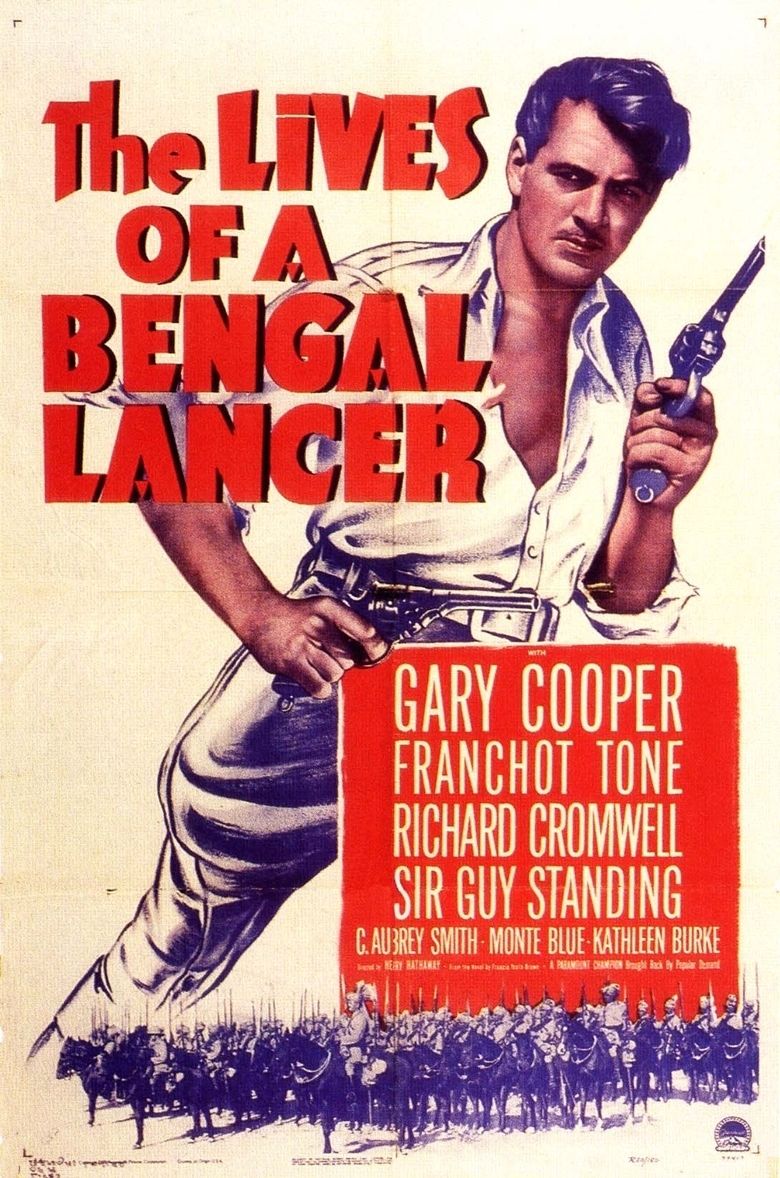 | ||||||||||||||||||||||||||||||||||
Release date January 11, 1935 (1935-01-11) (United States)March 24, 1935 (1935-03-24) (Skandinavia) Cast (Lt. Alan McGregor), (Lt. Forsythe), (Lt. Donald Stone), Guy Standing (Col. Tom Stone (as Sir Guy Standing)), C. Aubrey Smith (Maj. Hamilton), (Tania Volkanskaya)Similar movies Shiloh , Mad Max: Fury Road , Saving Shiloh , Shiloh 2: Shiloh Season , Interstellar , Django Unchained Tagline Set in the spectacle of mystic India with its glittering mosques, oirental palaces, weird music, bronzed nautch dancers | ||||||||||||||||||||||||||||||||||
The Lives of a Bengal Lancer is a 1935 American epic-adventure-drama film loosely adapted from the 1930 autobiography of the same name by British author Francis Yeats-Brown. The film is a Paramount picture directed by Henry Hathaway and written by Grover Jones, William Slavens McNutt, Waldemar Young, John L. Balderston and Achmed Abdullah.
Contents
- The lives of a bengal lancer 1935 hosted by the cinemated man act 1
- Plot
- Cast
- Stock crisis
- Filming
- Box office
- Critical reception and influence
- Plot discrepancies
- Home media
- Awards
- References
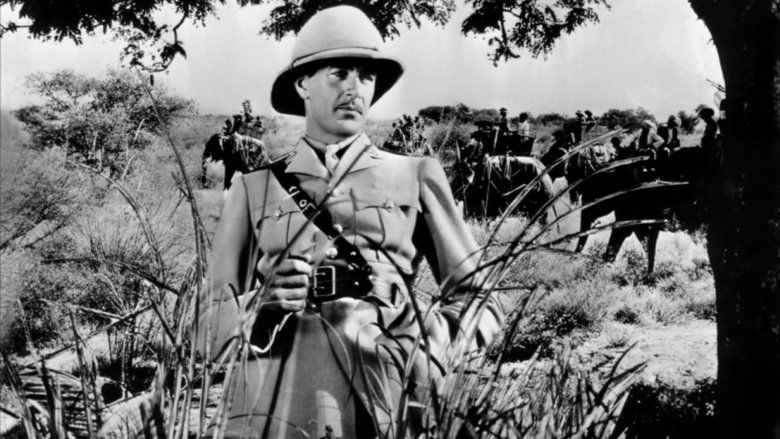
The plot of the film, which bears little resemblance to Brown's book, tells the story of a group of British cavalrymen and high-ranking officers desperately trying to defend their stronghold and headquarters at Bengal against the rebellious natives during the days of the British Raj. It stars Gary Cooper as Lieutenant Alan McGregor, Franchot Tone as Lieutenant John Forsythe, Richard Cromwell as Lieutenant Donald Stone, Guy Standing as Colonel Tom Stone and Douglass Dumbrille as the rebel leader Mohammed Khan, who utters the frequently misquoted line "We have ways to make men talk."
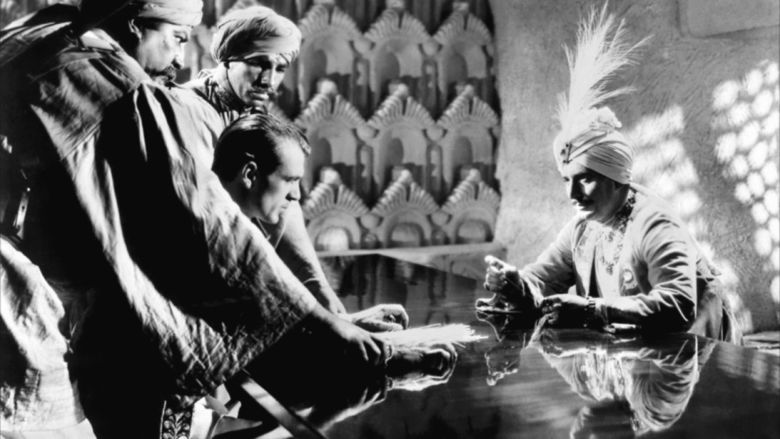
Production and planning of the film began in 1931 and Paramount expected the film to be released that same year. However, due to a film stock crisis in which most of the location footage deteriorated due to the high temperatures, the project was delayed for four years. The motion picture was released in American cinemas in January 1935.

The film's release was met with positive reviews and good box office results. The film was nominated for seven Academy Awards, winning Assistant Director, with other nominations including Best Original Screenplay and Best Picture. It grossed $49 million (2008 equivalent of $1.5 million in the 1930s) at the box office. Historian John Reid has described the film as "one of the greatest adventure films of all time".
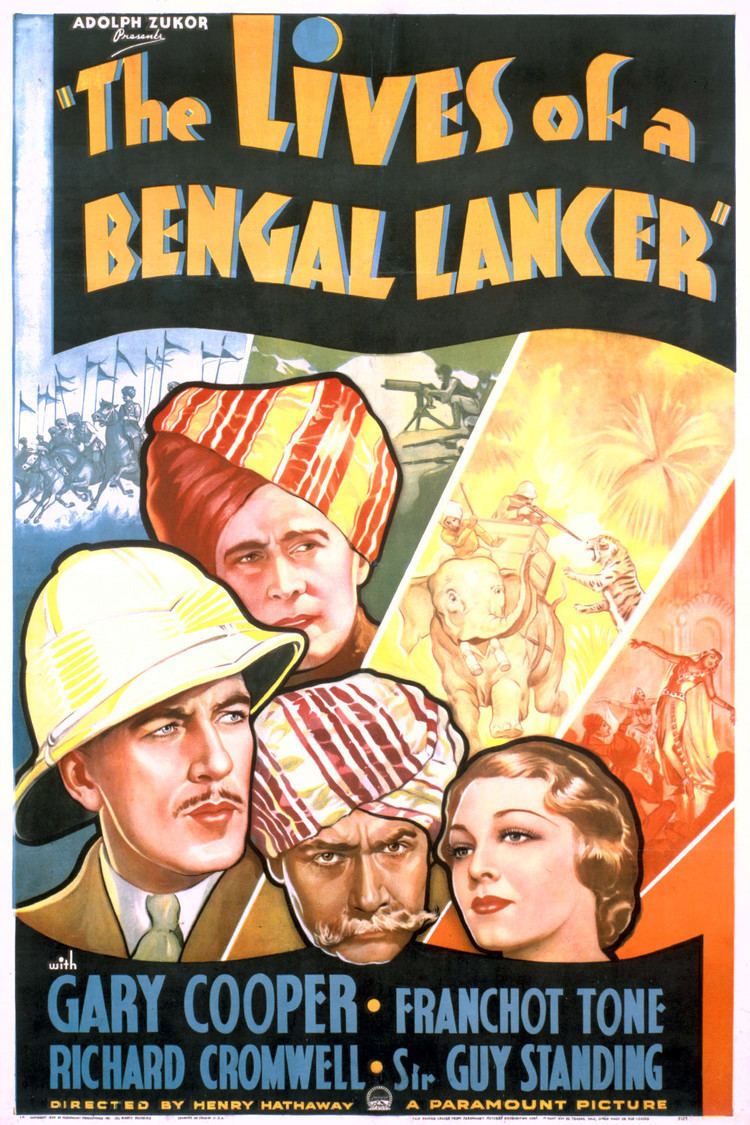
The lives of a bengal lancer 1935 hosted by the cinemated man act 1
Plot

On the northwest frontier of India during the British Raj, Scottish Canadian Lieutenant Alan McGregor (Gary Cooper), in charge of newcomers, welcomes two replacements to the 41st Bengal Lancers, Lieutenant John Forsythe (Franchot Tone) and Lieutenant Donald Stone (Richard Cromwell), the son of the unit's commander, Colonel Tom Stone (Guy Standing). Lieutenant Stone volunteered to serve on the Indian front solely in the belief that his father specifically sent for him, while Lieutenant Forsythe, an experienced cavalrymen and somewhat of a teasing character, is simply sent off as a replacement for an officer who recently died. After the formal introduction, Lieutenant Stone realizes his father never actually sent for him during a heated argument, a discovery that breaks his heart. In attempt to show impartiality, the colonel treats his son very coldly, which is misinterpreted and causes frustration and resentment in the young officer.
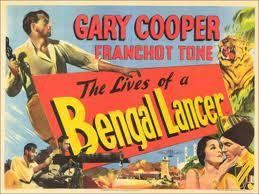
Lieutenant Barrett (Colin Tapley) has been disguised as a native rebel in order to spy on Mohammed Khan (Douglass Dumbrille), and reports that Khan has been preparing an uprising against the British and is planning to intercept and steal a future military transport of two million rounds of ammunition. When Khan discovers the British regiment knows of his plan, he orders his beautiful slave to seduce and then kidnap Lieutenant Stone, in an attempt to extract sensitive information about the ammunition caravan from him. When the colonel refuses to attempt his rescue, McGregor and Forsythe, appalled by the "lack of concern" the colonel has for his own son, leave the camp at night without orders. Disguised as common natives trying to sell blankets, they are recognized by the beautiful slave, who has met the two men before at a civil event, and are captured. During a seemingly friendly interrogation, Khan says "we have ways of making men talk" and proceeds to have the prisoners tortured; their nails are ripped off and the sensitive skin underneath is burned. While McGregor and Forsythe, despite the agonizing pain, refuse to speak, Stone cracks and reveals what he knows. As a result, the ammunition is captured.
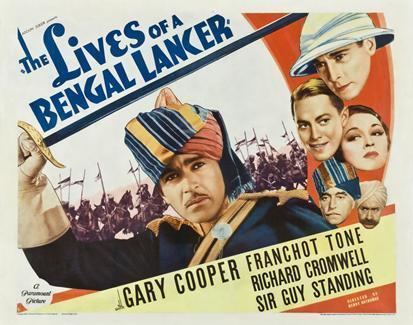
After receiving news about the stolen ammunition, Colonel Stone prepares his regiment for battle. From their cell, the captives see the outmatched Bengal Lancers deployed to assault Khan's fortress. They manage to escape and ultimately destroy the ammunition tower, and young Stone redeems himself by killing Khan with a dagger. With their ammunition gone and headquarters in ruins as a result of the battle, the remaining rebels surrender. However, McGregor, who was mainly responsible for the destruction of the ammunition tower, is killed in the assault. To recognize their battlefield bravery and military effort, Forsythe and Lieutenant Stone are awarded the Distinguished Service Order and McGregor posthumously receives the prestigious Victoria Cross, with McGregor's horse awarded the medal on his behalf.
Cast
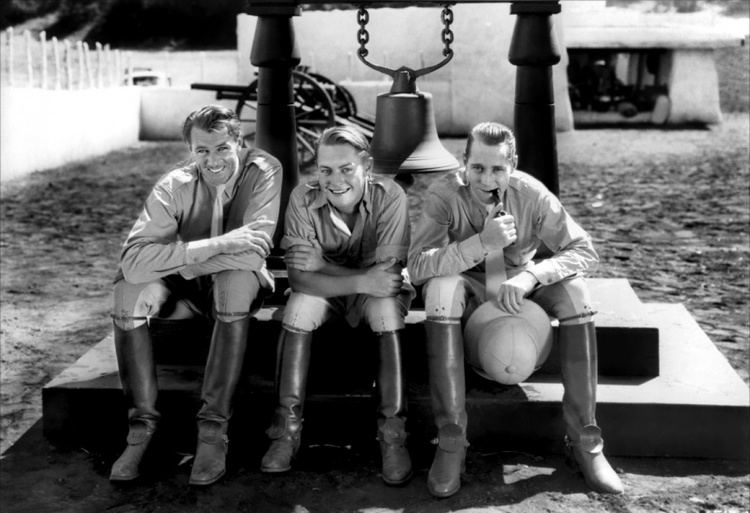
Stock crisis
Paramount originally planned to produce the film in 1931 and sent cinematographers Ernest B. Schoedsack and Rex Wimpy to India to film location shots such as a tiger hunt. However, much of the film stock deteriorated in the hot sun while on location, so when the film was eventually made, much of the production took place in the hills surrounding Los Angeles, where Paiute Native Americans were used as extras.
Filming
Among the filming locations were Lone Pine, Calif., Buffalo Flats in Malibu, Calif., the Paramount Ranch in Agoura, Calif., and the Iverson Movie Ranch in Chatsworth, Calif. For the climactic half-hour battle sequence at the end of the film, an elaborate set was built in the Iverson Gorge, part of the Iverson Movie Ranch, to depict Mogala, the mountain stronghold of Mohammed Khan.
Box office
The film was released in American cinemas in January 1935. It was a big success at the box office and kicked off a cycle of Imperial adventure tales, including The Charge of the Light Brigade (1936), Another Dawn (1937), Gunga Din (1939), The Four Feathers (1939), and The Real Glory (1939). The film grossed $49 million worldwide (2008 equivalent of $1.5 million in the 1930s). It was the second most popular film at the British box office in 1935-36.
Critical reception and influence
Laura Elston from the magazine Canada wrote that The Lives of a Bengal Lancer did "more glory to the British traditions than the British would dare to do for themselves." In response to the film success, Frederick Herron of the Motion Picture Association of America wrote "Hollywood is doing a very good work in selling the British Empire to the world." Historian John Reid noted in his book Award-Winning Films of the 1930s that the film is considered "one of the greatest adventure films of all time" and highly praised Hathaway's work by saying "the film really made his reputation." It also received a praised review in Boys' Life magazine, starting off the review with the words "You will be immensely pleased with The Lives of a Bengal lancer" and went on to compare the style and class of the three main characters to that of The Three Musketeers. The film holds an overall approval rating of 100% on the review aggregator website Rotten Tomatoes, based on 9 reviews, with a rating average of 8 out of 10.
German dictator Adolf Hitler told British Foreign Secretary Lord Halifax in 1937 that one of his favorite films was The Lives of a Bengal Lancer, which he had seen three times. "I like this film because it depicted a handful of Britons holding a continent in thrall. That is how a superior race must behave and the film is a compulsory viewing for the SS." Besides Hitler's enthusiasm, the film also became popular in Nazi Germany where all forms of entertainment were censored. The Nazis are believed to have liked the rule-Britannia, pro-imperialist adventure film because it embraced the "leader principle" which mirrored the "Führer principle". In his book The Collaboration, Ben Urwand wrote about the film's impact in Germany:
The Lives of a Bengal Lancer had drawn in massive crowds, but it had not emphasized the present need for fascism — it had hearkened back to an earlier era. The next Hollywood film that delivered a National Socialist message would be both popular and contemporary, and as a result, it would set a new standard for future German production. The film was called Our Daily Bread.
Plot discrepancies
The film plot of The Lives of a Bengal Lancer bear little resemblance to the plot of the book. Reid noted in Award-Winning Films of the 1930s that "None of the characters in the book appear in the screenplay, not even Yeats-Brown himself. The plot of the film is also entirely different."
Home media
The Paramount picture was distributed to home media on VHS on March 1, 1992 and on DVD on May 31, 2005. It has since been released in multiple languages and is included in several multi-film collections.
Awards
The film was nominated for the following Academy Awards, winning in one category:
References
The Lives of a Bengal Lancer (film) WikipediaThe Lives of a Bengal Lancer (film) IMDbThe Lives of a Bengal Lancer (film) Rotten TomatoesThe Lives of a Bengal Lancer (film) themoviedb.org
